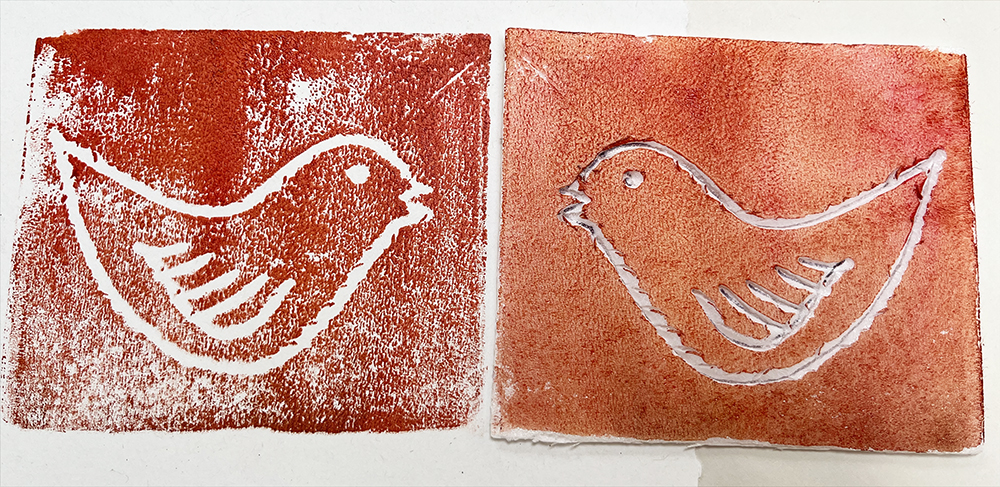
In the world of printmaking, there are various techniques that artists and designers employ to create stunning and unique artworks. Two such techniques that often get confused are lithography and relief printing. While both methods involve the transfer of an image onto paper, they differ significantly in their processes, materials, and outcomes. In this article, we will delve into the intricacies of lithography and relief printing, highlighting their differences and shedding light on their respective applications.
- Understanding Lithography:
Lithography is a printmaking technique that relies on the principle of oil and water repulsion. It involves creating an image on a flat surface, typically a stone or metal plate, using greasy materials such as oil-based inks or crayons. The surface is then chemically treated to fix the image, making it receptive to ink. When the plate is inked, the greasy image areas attract the ink, while the non-image areas repel it. Finally, the image is transferred onto paper using a printing press, resulting in a smooth, detailed, and often multi-colored print. - Unveiling Relief Printing:
Relief printing, on the other hand, is a technique that involves carving an image onto a block of material, such as wood or linoleum. The areas that are meant to appear in the final print are left raised, while the surrounding areas are cut away. Ink is then applied to the raised surface, and the block is pressed onto paper, transferring the inked image. The result is a print with distinct, bold lines and a characteristic texture created by the relief surface. - Key Differences:
Now that we have a basic understanding of both lithography and relief printing, let's explore their key differences:
- Materials: Lithography employs a flat surface, such as stone or metal, while relief printing uses a carved block of material.
- Image Creation: In lithography, the image is created using greasy materials directly on the plate, whereas relief printing involves carving the image onto the block.
- Printing Process: Lithography requires a printing press to transfer the image, while relief printing can be done by hand or with a press.
- Texture and Detail: Lithography produces smooth, detailed prints with subtle tonal variations, while relief printing results in bold, textured prints with pronounced lines.
- Applications and Advantages:
Lithography's versatility makes it suitable for reproducing fine art prints, illustrations, and even commercial printing, thanks to its ability to capture intricate details and subtle tonal variations. On the other hand, relief printing's bold lines and unique texture make it ideal for creating expressive and graphic prints, such as woodcuts and linocuts. Additionally, relief printing allows for experimentation with different papers and inks, offering artists a wide range of creative possibilities.
Conclusion:
In conclusion, while lithography and relief printing share the common goal of transferring images onto paper, they differ significantly in terms of materials, image creation, printing process, and final results. Lithography offers smooth, detailed prints with tonal variations, while relief printing provides bold, textured prints with pronounced lines. Understanding these distinctions allows artists and enthusiasts to choose the most suitable technique for their artistic vision and desired outcome. So, whether you're captivated by the intricate beauty of lithography or the expressive power of relief printing, both techniques offer endless possibilities for creative exploration.


